The Rich History
The story of Korean ceramics begins over 2,000 years ago. These ancient artifacts mirror Korea’s cultural dynamism. The craft first appeared during the Three Kingdoms period. It grew from simple pottery to sophisticated porcelain. Kingdoms fought wars, but the art of ceramics flourished. Skilled artisans passed their knowledge through the generations. The Goryeo dynasty saw the first high-fired celadons. The Joseon era later refined these techniques. Historic upheavals influenced the styles and forms. Each era added layers to the ceramics’ evolution. Korean ceramics gained a reputation for quality and beauty. Today, collectors worldwide seek these historical pieces. Museums showcase them as examples of cultural heritage. Korean ceramics reflect the nation’s journey through time.
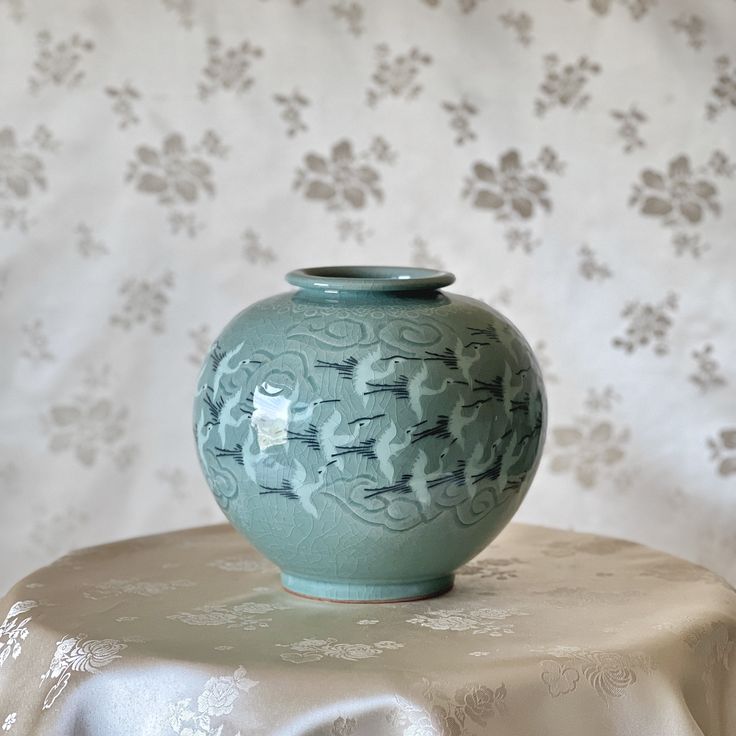
Traditional Korean Ceramics Techniques
Korean ceramics are not just known for their history, but also for their unique creation techniques. These methods have been honed over centuries, forming a bedrock of the craft’s tradition. Traditional Korean ceramics involve multiple, intricate steps. These steps are where artistry meets precision. Here is a closer look at the processes that define Korean pottery and porcelain.
Preparing the Clay
The first step in traditional Korean ceramics is preparing the clay. Artisans choose high-quality clay, which they clean and knead thoroughly. They do this to remove any impurities. The clay must have the right consistency. This ensures the end product’s durability and aesthetic appeal.
Hand-forming or Wheel-throwing
Next, the artisan either hand-forms the clay or throws it on a wheel. Hand-forming allows for unique shapes. It is perfect for one-of-a-kind pieces. Wheel-throwing requires a steady hand and years of practice. It is ideal for creating symmetrical and uniform pieces.
Glazing Techniques
After shaping, the ceramics undergo glazing. Korean artisans use various glaze recipes. These recipes often include secret ingredients passed down through generations. The choice of glaze influences the color, texture, and finish. Glazing is a vital step that adds character to each piece.
High-Fire Kilns
The ceramics are then fired in high-temperature kilns. The kiln’s heat and atmosphere play crucial roles in the final result. Historic wood-fired kilns contribute to the signature look of traditional Korean ceramics. Newer technologies ensure consistent results. Yet, they still respect the legacy of the past.
Decoration
The last step often includes decoration. Artists paint or carve designs onto the now-hardened ceramics. These patterns can reflect nature, mythology, or daily life. Each work tells a story. It captures a slice of Korean culture. Decorative techniques are where an artist’s skill shines.
The combination of these methods gives Korean ceramics their recognizable quality and form. Artisans continually refine their craft. They respect tradition while embracing innovation. This makes each piece a testament to both history and the potter’s skill.
Korean Ceramics in the Joseon Dynasty
The Joseon Dynasty was a golden era for Korean ceramics. During this time, craftsmen reached new heights of artistry and technique. They developed distinct styles, like the well-known white porcelain. These pieces often featured blue paintings depicting nature and daily life. Some ceramics showed more simplicity, reflecting Confucian values of modesty and restraint.
Korean artisans in the Joseon era created ceramics that were both functional and beautiful. They made items such as jars, bowls, and bottles. Court officials and royals used these pieces, a sign of their importance. These items were not just for local use but also for diplomatic gifts.
The white porcelain from Joseon is still celebrated today. It stands out with its clear glaze and elegant lines. Artisans perfected the inlay technique called ‘sanggam’. They carved designs into the clay and filled them with colored slip. This method added depth and richness to the decorations.
Ceramics of the Joseon Dynasty hold a special place in Korean heritage. They showcase the potters’ skills and the aesthetic preferences of the era. Collectors and museums worldwide treasure these pieces for their historic value and timeless beauty.
Modern Korean Ceramics and their Global Influence
Modern Korean ceramics have transcended borders, captivating audiences worldwide. This global reach is not by chance. It results from a blend of historical refinement and contemporary charm. Korean ceramics today reflect a mix of traditional methods and modern aesthetics. Artisans keep the past alive. They maintain age-old techniques. Yet, they also experiment with new materials and designs.
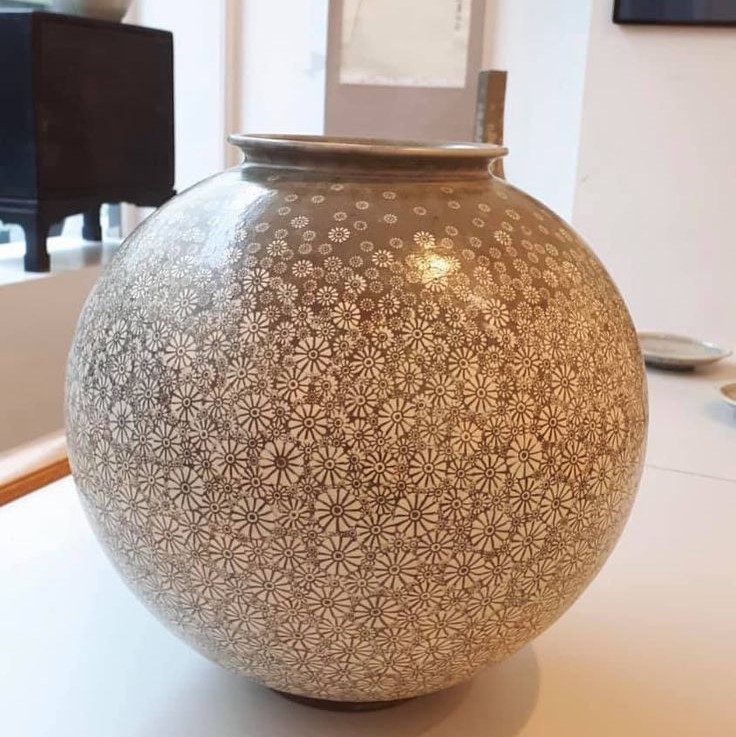
Korean ceramic artists have gained international recognition. They showcase their work in global exhibitions and competitions. Their innovative pieces are often seen as art. They break free from traditional utility and enter the realm of pure creativity. Some have even collaborated with international designers and brands. This has brought Korean ceramics into the realm of high-end decor and fashion.
The influence of Korean ceramics extends to education. Workshops and courses in pottery making are popular. People from different countries aim to learn from Korean masters. These students don’t just learn about clay and kilns. They imbibe a cultural narrative. They grasp the spiritual connection Koreans have with their craft.
The internet has also played a big role. Online platforms allow potters to sell their creations worldwide. Social media spreads their appeal. Stories of Korean ceramics reach far and wide. As such, people now appreciate the craft beyond its aesthetic value. They understand the culture and history that each piece carries.
In summary, modern Korean ceramics blend the past with the present. They command admiration globally. They are a source of national pride. But, they also forge a bridge between cultures. They show how a deep respect for tradition can spark innovation. This has made Korean ceramics a beloved art form across the globe.
Key Types and Styles
Korean ceramics boast a diverse array of types and styles. Each type offers a glimpse into the rich history and cultural values of Korea. Here, we explore the most prominent ones that continue to captivate collectors and art enthusiasts worldwide.
Celadon Ware
Celadon ware stands out for its jade-like finish and elegant shapes. Artisans create this type with a unique glazing process. This yields the soft green tones that are so characteristic of celadon. Historically, celadon was highly prized by royals and the elite.
White Porcelain
The Joseon era gave rise to the iconic white porcelain. Its pure and simple design mirrors the Confucian ideals of the time. White porcelain often features delicate blue paintings. Scenes from nature or daily life come to life on these surfaces.
Buncheong Ware
Buncheong ware is less known but holds historical significance. It has a casual appeal, with a greyish, earthy background and bold decorations. The style marries basic form with spontaneous design, showing the artist’s freedom.
Inlaid Ceramics
The inlay technique, or ‘sanggam’, adds intricate patterns to ceramics. Artists carve the design into the clay and fill them with colored slip. This results in detailed motifs that have depth and dimension.
Contemporary Designs
Modern Korean potters mix traditional styles with innovative trends. They use new materials and techniques to push the boundaries. The results are pieces that not only function as vessels but also as modern art.
Korean ceramics come in styles that range from solemn to playful. Each reflects a part of Korean heritage. They tell stories of the past while embracing the future. As collectors select pieces, they link to a tradition that spans centuries. Whether traditional celadon or modern design, Korean ceramics stand as a testament to creative talent and cultural expression.
The Artistic Philosophy
The artistic philosophy of Korean ceramics combines nature, harmony, and simplicity. At the core of this belief system lies the principle of ‘so-bi’, meaning simple beauty. Korean potters value less over more, underscoring a minimalist aesthetic that resonates with nature. Ceramics often feature organic shapes and muted colors that manifest the potter’s spiritual connection to the earth. Harmony is another cornerstone. Artists aim for a balance between form, function, and design, achieving a serene symmetry in each piece.
The Korean ceramic philosophy also embeds a deep sense of humility. Artisans channel their respect for predecessors by upholding traditional practices. Yet, they also embrace change, allowing for innovation within their authentic expressions. Each handcrafted item tells a story, bridging the gap between utility and art. Collectors of Korean ceramics treasure not just the item, but the philosophy it embodies. The craftsmanship reflects the community’s collective spirit and the individual artist’s quest for perfection. Through the peaceful essence of their creations, Korean potters communicate a timeless narrative of their cultural identity.
Collecting and Caring for Ceramics
Korean ceramics are highly sought-after by collectors for their beauty and historical significance. As a collector, it’s essential to know the best practices for caring for these treasured pieces to preserve their quality and value.
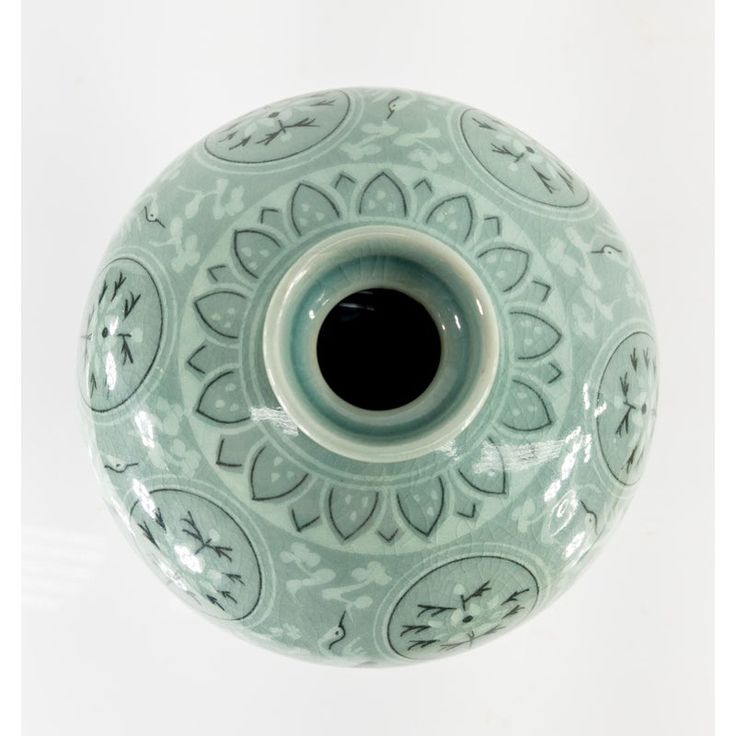
Understanding the Value of Korean Ceramics
When collecting Korean ceramics, consider the piece’s age, rarity, and craftsmanship. Historical items, especially from the Joseon dynasty, often hold higher value. Look for unique designs and quality. Authenticated pieces by renowned artisans can be significant investments.
Tips for Maintaining Korean Ceramics
Caring for Korean ceramics requires attention to detail. Here are some key tips:
- Handle with clean hands or soft gloves.
- Keep them away from direct sunlight to avoid fading.
- Dust regularly with a soft, non-abrasive cloth.
- Avoid using chemicals or harsh cleaners.
- Store in a stable environment to prevent temperature-related damage.
Displaying Your Collection
Displaying your ceramics can be a rewarding experience, as it allows you to share your passion for art and craftsmanship with others. However, proper display techniques are crucial to enhance their beauty while also ensuring their protection. Here are some detailed tips to help you effectively display your collection of ceramics:
Use Sturdy Shelves
- Select Robust Materials: When choosing shelves for your ceramics, opt for sturdy materials such as hardwood or metal. These materials provide a solid foundation that can support heavier items without bending or collapsing.
- Proper Installation: Ensure that shelves are securely mounted to the wall or are stable if they are freestanding. This stability is essential for preventing accidents, especially if you have pets or small children in the home.
- Adjustable Shelving: Consider using adjustable shelving units that allow you to customize the height between shelves. This flexibility enables you to accommodate items of varying sizes and shapes, maximizing your display space.
Avoid Overcrowding
- Leave Space Between Items: Avoid placing too many ceramics close together. Overcrowding can lead to accidental bumps, increasing the risk of chips or breaks. Providing adequate space allows each piece to be appreciated fully.
- Group by Theme or Color: When arranging your ceramics, consider grouping items by theme or color. This approach not only creates an organized look but also allows for effective visual storytelling within your display.
- Rotating Items: To keep the display interesting and fresh, consider rotating your items periodically. This allows you to showcase different pieces and keeps the collection feeling dynamic without overcrowding any shelf.
Utilize Display Cases
- Extra Protection from Dust: Display cases can effectively protect your ceramics from dust accumulation and environmental pollutants. This protection is crucial for maintaining the beauty of glazed surfaces and intricate designs.
- Minimize Risk of Accidents: By using display cases, you reduce the chances of accidental damage caused by pets, children, or general household activities. Glass enclosures provide a barrier that enhances safety while allowing visibility.
- Highlighting Individual Pieces: Consider using cases with lighting features or glass shelves to highlight individual ceramics. Proper lighting can enhance colors and details, bringing attention to the craftsmanship of each piece.
Consider Lighting
- Natural vs. Artificial Light: When displaying ceramics, consider the type of lighting used. Natural light can enhance colors but may cause fading over time. Balance this with warm artificial lighting to create an inviting ambiance without compromising the integrity of the pieces.
- Spotlights and Accent Lights: Use spotlights or accent lights strategically to draw attention to specific items in your collection. Highlighting these pieces can enrich the overall display, making it a focal point in the room.
Regular Maintenance
- Cleaning and Dusting: Regularly dust your displayed ceramics to keep them looking pristine. Use a soft, lint-free cloth to gently remove dust without scratching surfaces. If necessary, apply a gentle cleaner, but ensure it is appropriate for the materials used in your ceramics.
- Inspect for Damage: Periodically inspect your collection for any signs of wear or damage. Address any concerns promptly to prevent further deterioration, ensuring your ceramics remain in top condition for many years.
Creating a Display Narrative
- Telling Your Story: Use your display to tell a story about your collection. Incorporate elements that reflect your personal journey as a collector, such as photos, date tags, or informational cards about each piece’s significance.
- Incorporate Accessories: Enhance your display with complementary accessories that highlight the ceramics. Adding elements like plants, books, or art pieces can enrich the overall aesthetic and create a harmonious environment.
By following these guidelines, you can create a visually appealing display that not only showcases your ceramics but also protects them for years to come. A well-thought-out arrangement will enhance the beauty of each piece and ensure that your collection remains a source of pride and enjoyment.
Insurance and Documentation
For valuable collections, insure your Korean ceramics. Keep detailed records and receipts. Should there be any damage, insurance can help cover the costs of repair or loss. Documentation is also critical if you wish to sell your pieces in the future.
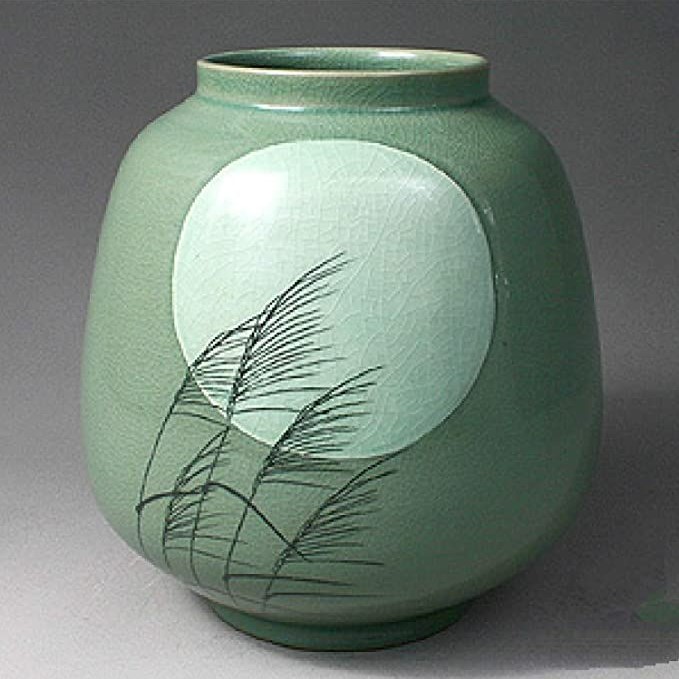
Collectors of Korean ceramics join a community that appreciates the rich historical tapestry these items represent. Proper care and maintenance ensure that this cultural legacy continues for future generations to admire and enjoy.
Innovations and Trends
Korean ceramics are evolving with time, showcasing innovations that blend traditional artistry with modern trends. As we look to the future, here is what we can anticipate in the realm of Korean ceramics.
Embracing Technology
Artisans are embracing new tools and technologies. 3D printing and digital design are making waves. These methods allow for precision and complexity in shapes and patterns once deemed impossible.
Sustainable Practices
Sustainability is becoming a priority. Potters are using eco-friendly materials and processes. This shift not only helps the planet but also appeals to environmentally conscious collectors.
Fusion of Styles
There is a rising trend of merging Korean ceramic styles with global aesthetic sensibilities. Artisans are creating pieces that cater to diverse tastes, making Korean ceramics more accessible to international audiences.
Collaborations and Cross-Cultural Exchanges
Increased collaborations with artists and designers from other countries are on the rise. These exchanges bring fresh perspectives and innovation to the traditional craft.
Expanded Functional Range
Modern Korean ceramics are expanding beyond traditional uses. Expect to see ceramic pieces in technology, architecture, and even biomedical fields.
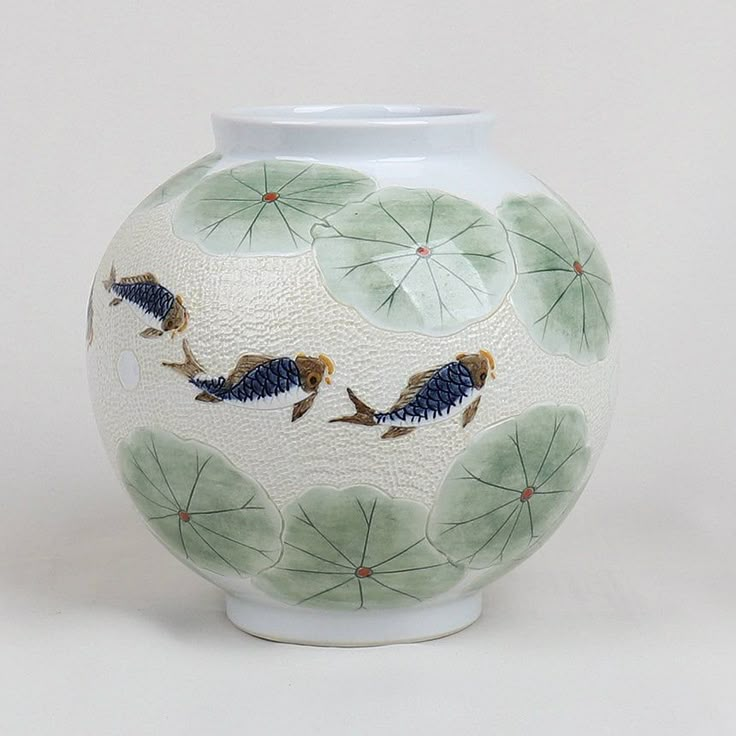
These trends show that Korean ceramics are not just preserving their cultural legacy. They are shaping the future of art and design. By understanding these trends, collectors and enthusiasts can look forward to new, innovative creations that continue to celebrate the essence of Korean craftsmanship.
Conclusion
The allure of korean ceramics transcends mere aesthetics; they embody a rich cultural heritage and showcase the artistry of skilled artisans. Through this exploration of their history, techniques, and unique features, we gain a deeper understanding of their significance and beauty.
As you consider adding Korean ceramics to your collection, remember to appreciate the stories and craftsmanship behind each piece. Whether you are a seasoned collector or a newcomer to the world of ceramics, these timeless treasures promise to elevate any collection with their elegance and charm. Embark on this journey and immerse yourself in the compelling world of Korean ceramics, where history and art come together beautifully.